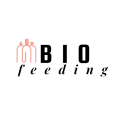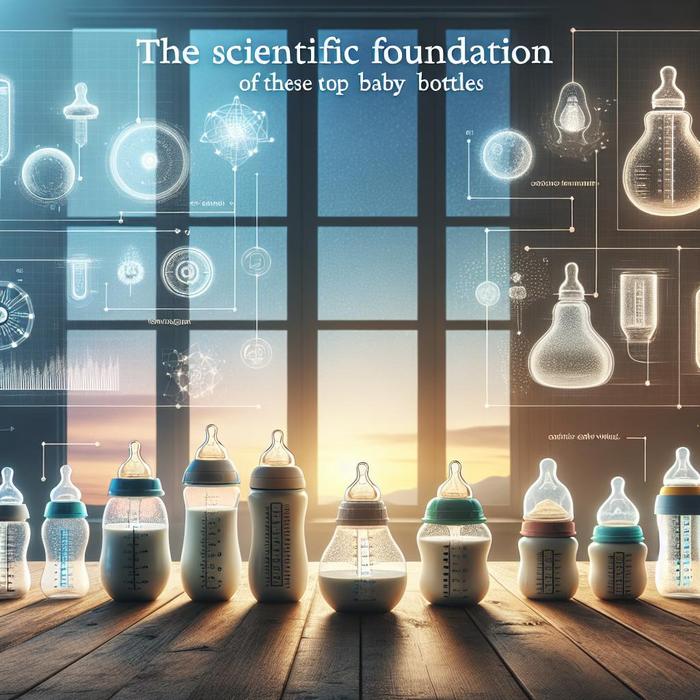Delving into the Foundation of Baby Bottles
When it comes to choosing the right resources for your baby, you want to be sure you’re making the best decisions possible. That’s why we’re going to delve into the scientific foundation of baby bottles to help you choose the best feeding solutions for your little one.
Understanding the Science
In understanding the science-based feeding approach, it’s essential to take into account the design and functionality of baby bottles. From the bottle’s shape to the flow rate of the nipple, every detail plays a critical role in your baby’s feeding experience. These factors can significantly affect your baby’s ability to sleep through the night.
The Importance of Bottle Design
Design is a critical factor when looking into the foundation of baby bottles. The shape of the bottle, the nipple, and even the materials used can all make a difference in how well your baby feeds. A well-designed bottle can mimic natural breastfeeding, making it easier for your little one to switch between the two.
For instance, bottles with a wide neck and a rounded nipple can mimic the natural shape of a mother’s breast, making it easier for your baby to latch and feed. On the other hand, bottles with a narrow neck might be harder for your baby to handle and feed from.
Materials Matter
The material of the bottle is essential in the science-based feeding approach. For years, researchers have pointed out potential dangers of using certain materials for baby bottles. A study found that some plastic baby bottles contained harmful chemicals that could be potentially hazardous. This led to manufacturers rethinking bottle designs and transitioning to safer materials like glass or BPA-free plastic.
Flow Rate Finesses
Another key aspect in the foundation of baby bottles is the flow rate of the nipple. Bottle nipples come in various flow rates, from slow to fast, to mimic the natural flow rate of a mother’s milk during breastfeeding. This factor is crucial in ensuring your baby doesn’t drink too quickly or struggle with the flow, which could result in feeding difficulties and potential sleep disruption.
- A slow-flow nipple works well for newborns, helping them feed at their own pace.
- A medium-flow nipple is beneficial as your baby grows and needs more milk during each feed.
- A fast-flow nipple can be a good option for older babies who have developed stronger sucking capabilities.
Feeding Solutions That Work
At the end of the day, the best feeding solutions are those that work for both baby and parent. Whether you’re exclusively bottle-feeding or mixing in breastfeeding, the right bottle can make all the difference. Taking the time to understand the science behind the design, material, and flow rate of baby bottles can ensure you make well-informed decisions for your baby’s feeding needs.
Embedding Security in Bottle Choices
On top of design and material considerations, the safety aspect also plays an instrumental role when selecting baby bottles. Cautionary tales of lawsuits over popular brands leaching harmful BPA and phthalates into the milk have underscored the need for due diligence in this choice. As a critical element of your baby’s daily routine, all properties of baby bottles demand thorough research and understanding.
Flexibility Enhances Feeding Experience
While deliberation over hard traits like shape, material, and flow rate is critical, the consideration of softer traits is equally crucial for an optimal feeding experience. These include the flexibility and softness of the nipple which can significantly enhance your baby’s comfort. Recreating the natural pliancy of a mother’s breast can help ease the transition for a baby toggling between breastfeeding and bottle-feeding. The sturdiness of the bottle also contributes to an effortless experience for both the baby and the parent during handling and post-feeding cleaning.
Investing Time in Selection
The time you invest in picking the right baby bottle is an investment in your baby’s overall feeding satisfaction and health. Given the critical importance of your baby’s nutrition, it’s worth spending extra time researching, understanding, and making the right feeding choices. Arming yourself with essential information will aid in this decision-making process, ensuring your baby gets the best possible start on their growth journey.
Bottle-Feeding and Parenting Strategies
Understanding the science behind baby bottles is merely the first step. The full benefits will only be realized if this knowledge is coupled with effective feeding strategies. For instance, the secure attachment theory emphasizes the importance of consistent and responsive parenting, including during feeding times. Even during bottle-feeding sessions, it’s crucial to maintain close contact and engage with your baby, fostering a nurturing bond. More information on such feeding strategies can be found in this insightful article.
Feeding Solutions for Optimal Development
When viewed through a wide lens, the careful selection and use of baby bottles contribute broadly to your baby’s development- both physical and emotional. The physical comfort provided by features like a well-designed nipple and regulated flow rate facilitates stable growth. Simultaneously, the opportunity to nurture a steadfast bond during feeding leads to secure emotional development. A comprehensive understanding of these aspects can enhance the feeding journey, promoting holistic development for your baby.
Unique Solutions for Unique Needs
While there are general guidelines, it’s essential to recognize that each baby has unique needs. So, the most suitable baby bottle would vary depending on the baby’s age, growth stage, comfort level, and any specific medical considerations. Don’t hesitate to consult a pediatrician or a lactation consultant to make the best choice for your baby’s unique needs. Count on your instincts, backed by sound research and professional advice, to guide your feeding choices.

